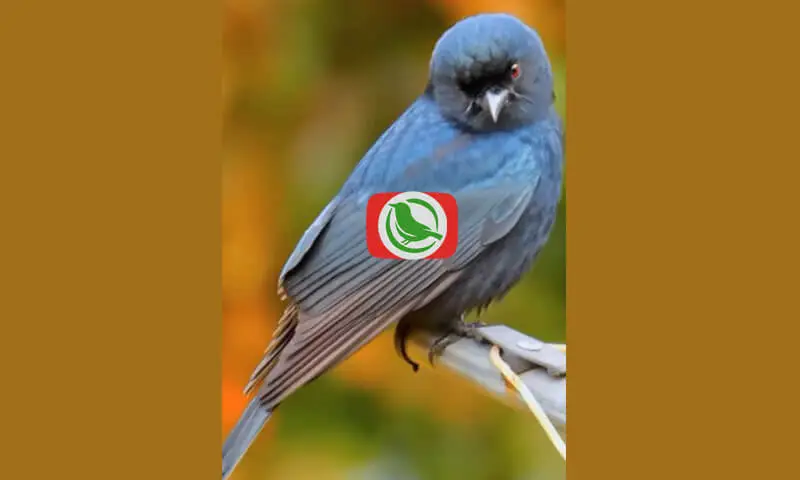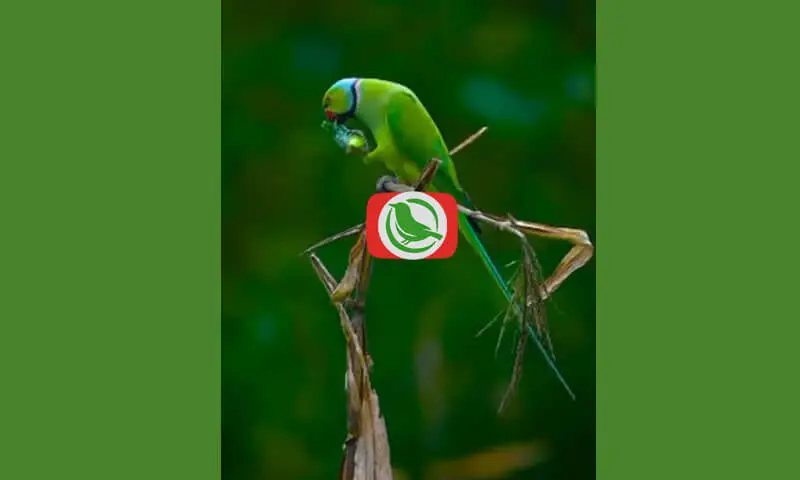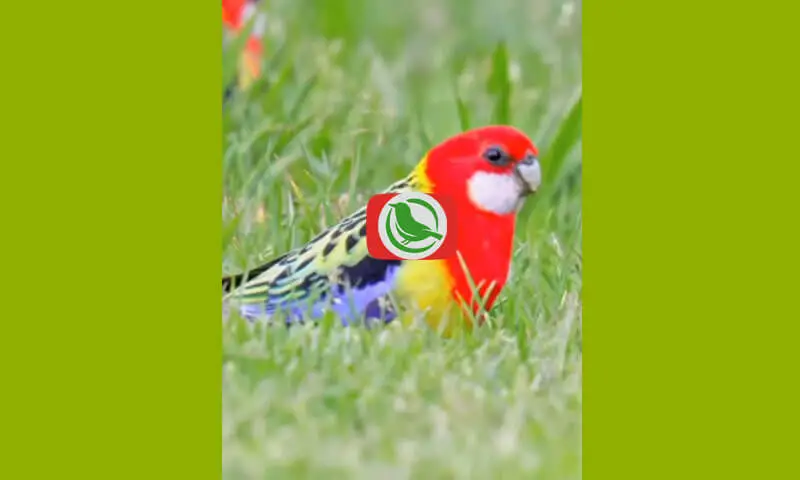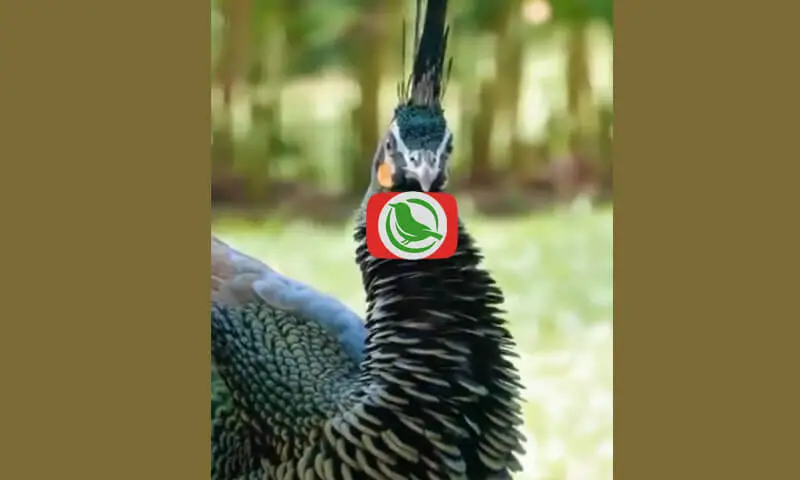The Fork-tailed Drongo (Dicrurus adsimilis) is a bird species known for its striking physical characteristics and fascinating behaviors. Commonly found in Southeast Asia, particularly in dense tropical forests, this bird is easily recognizable due to its distinctive forked tail and varied vocalizations. In this article, we will delve deeper into the Fork-tailed Drongo, exploring its physical features, habitat, behavior, and ecological role.
Physical Characteristics of the Fork-tailed Drongo
The Fork-tailed Drongo is a relatively small bird, measuring about 25-30 cm in length. One of its most distinguishing features is its deeply forked tail, which not only provides a unique appearance but also aids in agility during flight. This long tail is an essential adaptation for maneuvering swiftly through dense vegetation.
Color and Appearance
The bird’s plumage is predominantly glossy black or dark gray, giving it an elegant look. Some individuals exhibit metallic sheen on certain feathers, which adds to their visual appeal. The presence of a slight crest around the head enhances its distinctive appearance, making it easily identifiable in its natural habitat.
Habitat and Distribution of the Fork-tailed Drongo
Fork-tailed Drongos inhabit a variety of environments, primarily tropical forests and savannas. They are often spotted in areas rich with vegetation, where they can conceal themselves while hunting for food. Their range includes Southeast Asian countries such as Indonesia, Malaysia, and Thailand. While they prefer low to mid-elevation areas, they can also be found at higher altitudes.
Preferred Habitat
These birds thrive in regions with dense foliage, providing ample cover and hunting opportunities. They favor habitats that offer a mixture of open areas and dense underbrush, allowing them to utilize their agility effectively.
Behavior and Habits of the Fork-tailed Drongo
The Fork-tailed Drongo is known for its highly territorial nature and often displays aggressive behavior toward other birds. This species is also renowned for its remarkable ability to mimic the sounds of other birds and animals, a skill it uses to deceive others and steal food.
Food Hunting Strategies
The primary diet of the Fork-tailed Drongo consists of insects, such as crickets and grasshoppers, as well as fruits. This bird employs clever hunting techniques, often using its mimicking ability to trick prey. Additionally, they are known to collaborate with other birds, including raptors, to take advantage of leftover food.
Social Behavior
While they are territorial, Fork-tailed Drongos are also social creatures. They can often be seen foraging in groups, especially during the breeding season or when food is abundant. Their social interactions can include playful displays and vocalizations that strengthen their group dynamics.
Ecological Role of the Fork-tailed Drongo
The Fork-tailed Drongo plays a crucial role in controlling insect populations, preying on various insects that can become pests to plants. By consuming these pests, they contribute to maintaining a balanced ecosystem. Moreover, their habit of eating fruits and discarding seeds aids in seed dispersal, promoting plant diversity in their habitats.
Contribution to Biodiversity
Through their feeding habits, Fork-tailed Drongos help in the propagation of various plant species, ensuring a healthy ecosystem. Their presence in an area can indicate a thriving environment, as they require a rich habitat to sustain their dietary needs.
Importance of Protecting the Fork-tailed Drongo’s Habitat
With the ongoing reduction of tropical forests in Southeast Asia, the population of Fork-tailed Drongos faces threats. Habitat loss due to deforestation and land conversion for agriculture poses significant challenges for their survival. Consequently, it is vital to conserve their natural habitats to ensure these birds can continue to play their role in the ecosystem.
Conservation Efforts
Conservation initiatives that focus on preserving tropical forests can benefit not only the Fork-tailed Drongo but also countless other species that share the same habitat. Public awareness campaigns and community involvement in conservation can foster a sense of responsibility toward protecting these vital ecosystems.
Conclusion
The Fork-tailed Drongo is a bird that captivates with its striking appearance and clever behavior, playing a significant role in the ecosystem. Preserving their habitat is crucial to ensure that future generations can enjoy the beauty and benefits that this bird offers. With its distinctive forked tail and vocal mimicry, the Fork-tailed Drongo remains a fascinating subject for further study and appreciation in the avian world. By understanding and protecting this unique species, we contribute to the overall health of our ecosystems.





